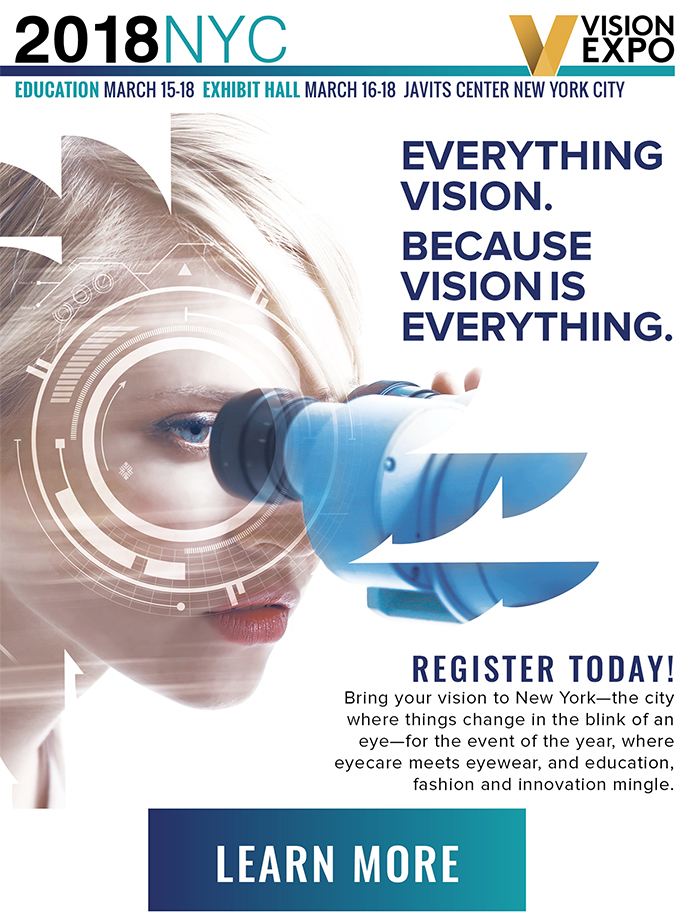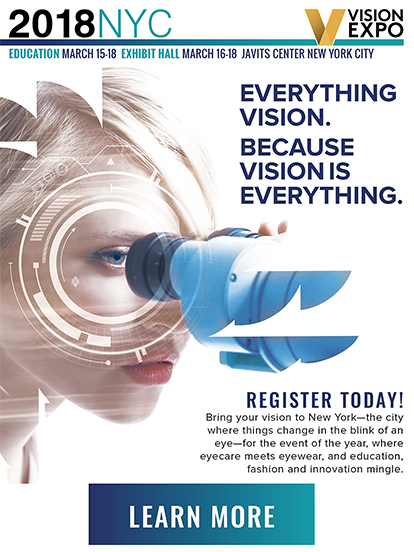We must know our past if we are to know our future. Sure, that’s the type of perfunctory Zen koan you might find engraved on a stone and placed in a flower bed, but it applies to optometry. Seeing how much optometry has changed in the past few decades, it stands to reason that it will continue to evolve as the next generation molds the field to fit its vision and compete in the dynamics of future medical marketplaces.
To find out more about how optometry has changed—particularly in its relationship with ophthalmology—CollaborativeEYE dispatched Co-Chief Medical Editor Walter O. Whitley, OD, MBA, FAAO, to investigate. He moderated a roundtable with Kenneth Lebow, OD, FAAO; Leslie E. O’Dell, OD, FAAO; and Scott Schachter, OD, presented below in edited form. Their conversation sheds light on how the profession has developed.
Walter O. Whitley, OD, MBA, FAAO: Dr. Lebow, you’ve been in practice for 45 years. You certainly have seen how relationship between ODs and MDs has evolved.
Kenneth Lebow, OD, FAAO: When I first started to practice, sending a patient to an ophthalmologist was like sending a patient into a black hole: They would go to that office and you would never see them again. Nowadays, direct communication between the surgeon and the optometrist exists, and many surgeons understand that the optometrist knows the visual needs of the patient best. We’ve come a long way.
Dr. Whitley: It’s a mantra we hear all the time, but it’s true: Communication is key in every comanagement case. How has communication changed from the time you entered practice?
Leslie E. O’Dell, OD, FAAO: Changing my mode of practice from a MD/OD group practice heavily focused on cataract, refractive, and glaucoma surgical management to a group OD practice focused on ocular disease has made me realize how important communication is for the best patient care. Building a network of referring ophthalmologists of different subspecialties is critical for optimal patient care. I have realized that it’s the optometrist who guides patients to the best surgeons for their ocular needs.
Dr. Lebow: If I observe a severe complication during the postoperative period, then I’m on the phone—with the patient still in the chair—talking to the surgeon. Many surgeons are willing get on the phone immediately if an optometrist calls. Oddly, many ODs who refer to other ODs will ask if they can call back. In a way, communication between OD and MD is better than that between OD and OD.
Scott Schachter, OD: I text much more than before. Surgeons seem to respond faster to texts compared with calls, faxes, or emails. If I get a quick response, a text may evolve into a brief phone call, especially for more complicated cases. This allows better continuity of care, as we can more quickly develop a plan for a patient while they are still in the office, as opposed to having staff leave messages with patients about follow-up, for example. Watch for continued developments in telemedicine to make these communications even more efficient, and ensure we remain HIPAA compliant.
Dr. Whitley: One of the most common intersections for ODs and MDs is around care for the cataract patient. Let’s address this relationship from two perspectives: the IOL recommendation and the ocular surface.
Dr. Schachter: When patients are ready for surgery, it is critical to have a discussion about IOL options, from single vision to multifocal options. Surgeons seem to have their favorites. To optimize patient satisfaction, make sure everyone is on the same page. I communicate with the referral surgeons every few months to find out what’s working best for them.
Dr. Lebow: I usually don’t bring up IOL options until I’m going to make a referral. If I start the conversation about IOL options before the patient actually needs an IOL, then I end up repeating the conversation when the time comes for surgery. Instead, for patients with early cataracts, I remind them about monitoring and ocular surface stabilization.
Dr. O’Dell: My conversation about cataract begins the day I note it in the patient record. I educate patients about what a cataract is, how it can affect their vision, and I briefly explain surgery—its low complication rates, how it’s painless, and how it’s focused on vision correction that results in less dependence on glasses. To the optometrist, cataract surgery is commonplace, but to the patient it is the vast unknown, and eye surgery can cause a lot anxiety.
Dr. Whitley: Communication is not the only element of eye care to evolve in the past few decades. Technology, too, has come a long way. What technology do you think has had the largest effect in your practice?
Dr. O’Dell: Technology allowing more accurate diagnosis of dry eye disease (DED) has greatly improved my surgical referrals for cataract and glaucoma patients. Assessing tear quantity with the TearLab Osmolarity Test (TearLab) and tear quality via lipid layer thickness, meibography and blink rate measurements available on the LipiView II (Johnson & Johnson Vision) allows better understanding of the tear film prior to surgery. Treatment for DED focused on restoring homeostasis can be started prior to referral, leading to a positive outcome for the patient.
Dr. Lebow: For our practice, it has been optical coherence tomography (OCT) for cataract surgery. A lot of doctors may not think of OCT for cataract surgery, but you’re in for a surprise if you expect good refractive results without first using OCT to assess the retina. One case comes to mind: a patient entered with 20/70 vision with dense cataract and remained 20/70 after surgery. The patient was not assessed on OCT and, it turns out, had a significant epiretinal membrane.









